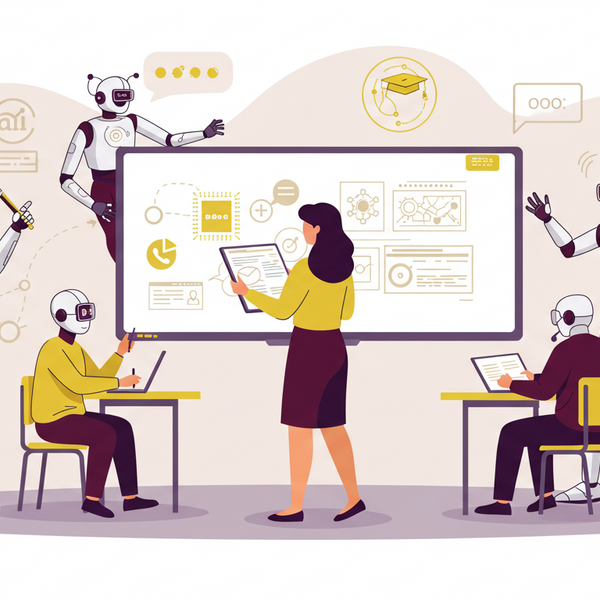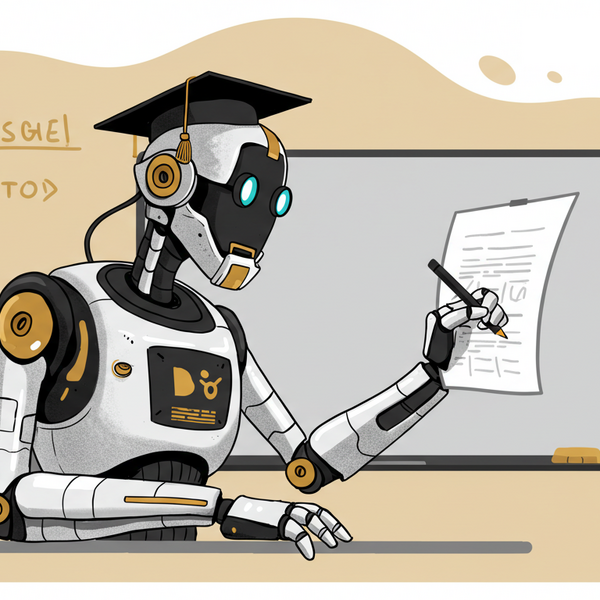
Articles and Documentation
Introducing the CreateAI Builder Marketplace
Explore, share, and collaborate on AI projects across ASU with ease
When to Use CreateAI Beta vs. Production: What You Need to Know
Since launching CreateAI, we've seen incredible growth from early testers, faculty innovators, and now the broader ASU community. But as more users join the platform, we’re noticing some confusion about the Beta vs. Production environments and it’s time to clear that up.
Here’s the key message:
Unless you're actively testing new features, you should be using the Production version of CreateAI Platform.
Can I Use FERPA Data in CreateAI Builder?
Yes, you may use FERPA-regulated student data in CreateAI Builder, but only under specific conditions. This article explains what that means, what protections are in place, and what responsibilities you have as a project owner.
Accepted File Types in CreateAI Builder
CreateAI Builder supports a wide range of file types for uploading into your project’s Knowledge Base. This guide provides the full list of accepted file formats.
Students Using CreateAI: What Happens When You Upload a File?
If you’re using a CreateAI chatbot as part of a class, research, or student service, you may have the option to upload files like PDFs, assignments, or notes into the chat. Here’s what you need to know about how your files are handled and your privacy is protected.
CreateAI Builder: What Faculty Should Know About Student File Uploads
If you’ve created a custom bot using CreateAI Builder for students to use whether for advising, coursework, or academic support, here's what you need to know about how student file uploads are handled and what safeguards are in place.
This guide covers storage, privacy, copyright, and recommended practices for faculty-led bots.
CreateAI Office Hours Details: Get Help and Share Feedback
We’re excited to share how you can connect directly with the CreateAI team for live support, feedback, and community learning. Our weekly office hours are designed to help both general users and our dedicated beta testers get the most out of CreateAI Builder.
CreateAI Builder: File Upload Handling & Privacy for Project Owners
If you’re building bots in CreateAI Builder, it’s important to understand how uploaded files are handled and what data privacy expectations apply.
Google Drive Integration Feature in CreateAI Builder
What is the Google Drive integration feature on CreateAI Builder?
Is There a Cost to Using CreateAI?
Understanding Usage, Cost, and What It Means for You.
What to Do When You Hit a TPM Limit
Learn about the new token limit updates in CreateAI Builder that allow rate limit request increases.
Accessing Generative AI APIs at ASU
As interest in building with generative AI grows, ASU offers several pathways for API access depending on whether you're doing academic research, enterprise development, or individual experimentation.
Below is a breakdown of approved API access options, along with who to contact and what to expect.
Understanding Rate Limits on CreateAI Builder
Ever run into a message that says, “Your project has reached its Tokens per Minute limit (TPM)”? Well, just think of it as a friendly traffic signal reminding us not to zoom too fast. We’ll walk through what does a token mean, what does reaching TPM mean, which settings affect token usage, and how to optimize your AI Project to avoid hitting the limit.
AI with Integrity: ASU’s AI Acceleration Team is Setting New Standards for Ethical AI
Artificial intelligence (AI) is rapidly transforming industries, from healthcare and finance to entertainment and education. At Arizona State University (ASU), the AI Acceleration team within Enterprise Technology is ensuring that this transformation happens responsibly.
Generative AI Tool Pre-Release Evaluation Guide
Arizona State University remains dedicated to responsible, principled innovation when deploying generative AI solutions, including chatbots. This guide ensures each project aligns with ASU’s values by mitigating potential risks—such as misinformation, bias, toxicity, and compliance lapses—using rigorous methods like automated testing, red teaming, and pilot experiments. In doing so, we uphold accuracy, fairness, and user trust while enhancing digital experiences across the university.










